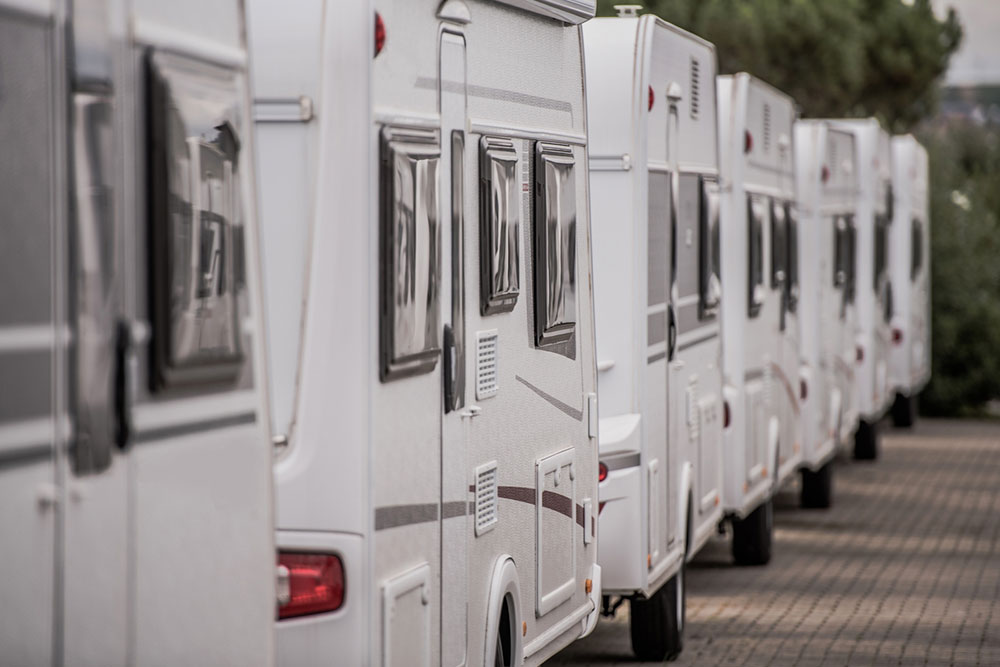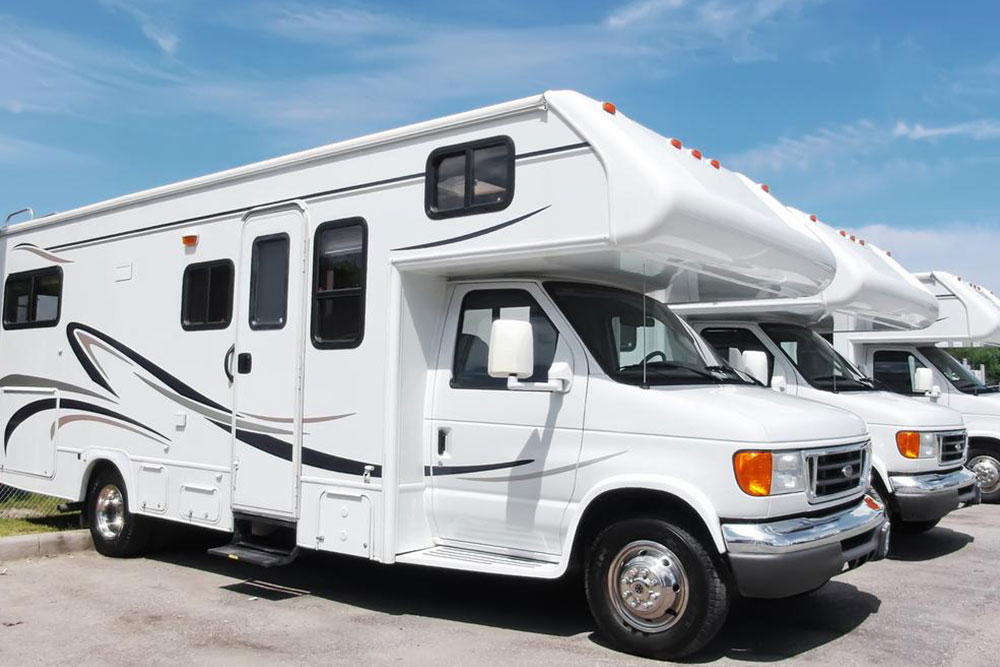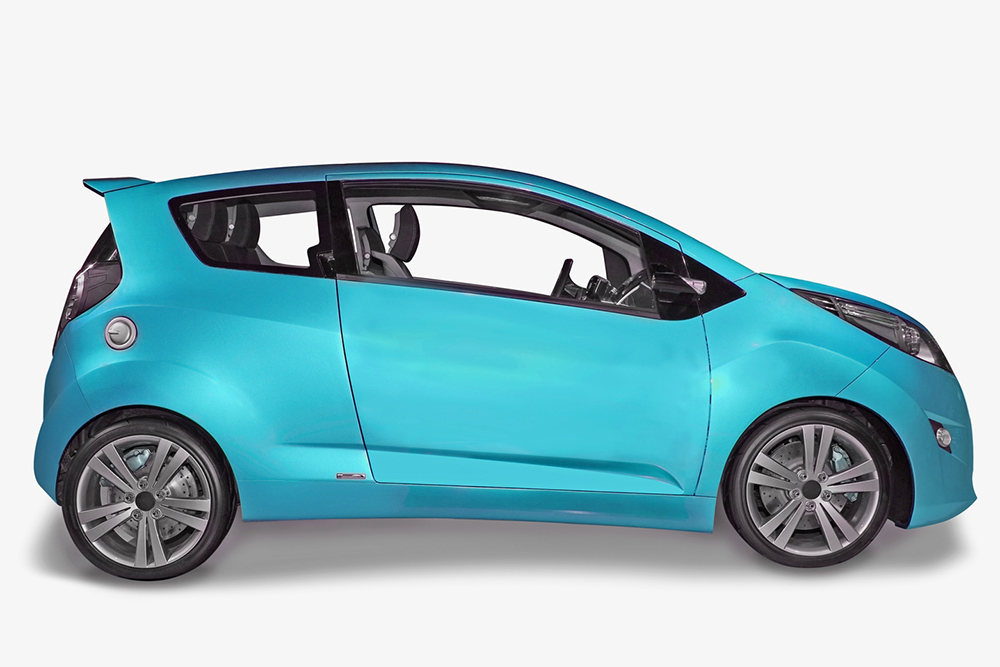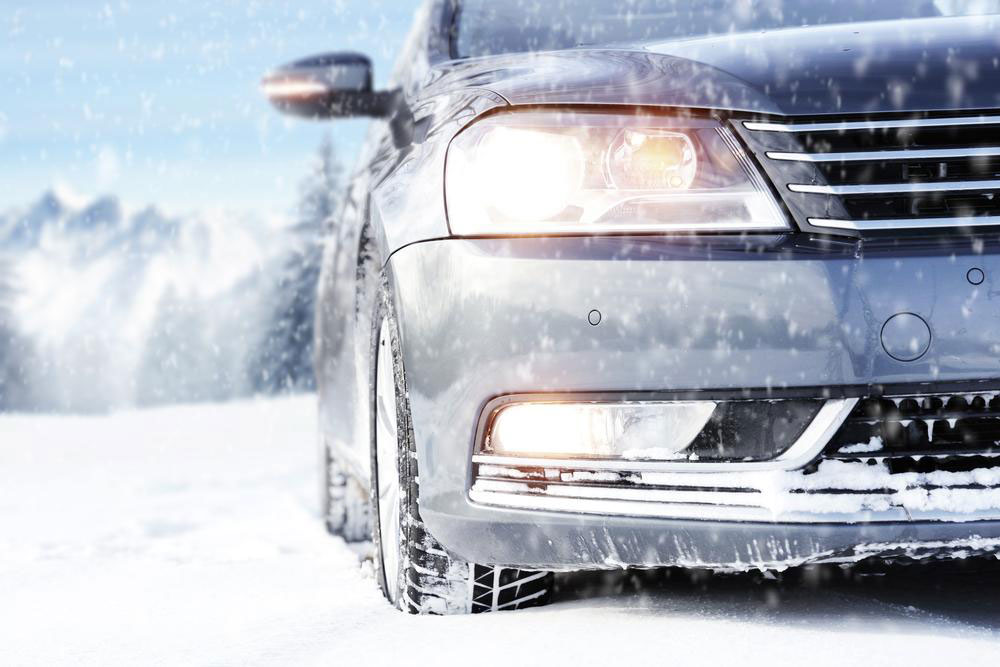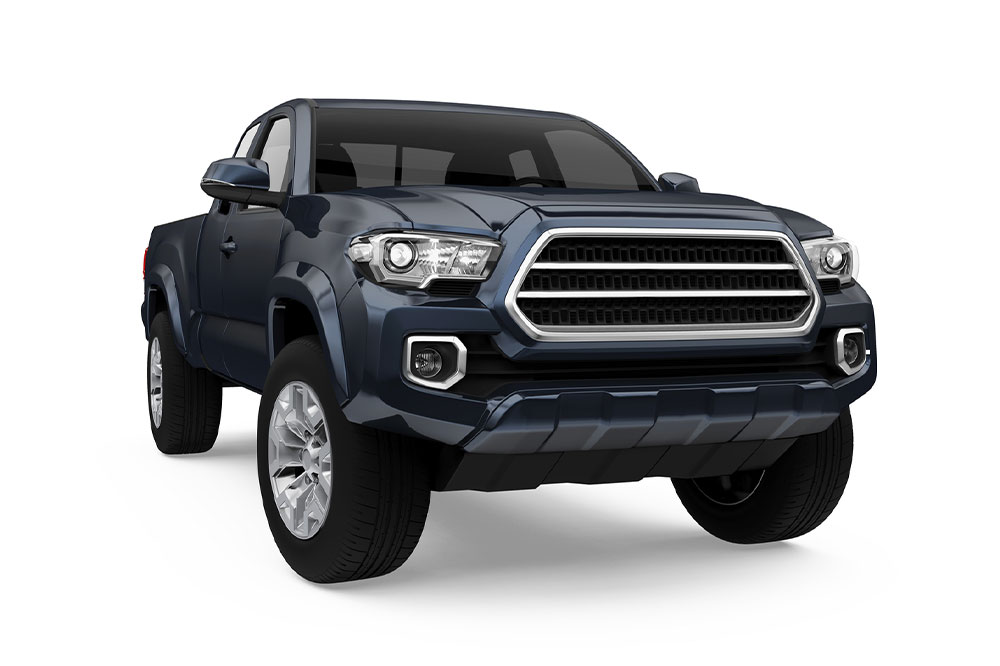Top Strategies for Securing Zero-Down RV Financing
Discover essential tips for obtaining zero-down payment financing for RVs. Learn how to leverage collateral, improve credit scores, secure pre-approval, and compare lender requirements. This guide helps prospective buyers understand the benefits and possible drawbacks of zero-down RV loans, ensuring informed decision-making. Suitable for those looking to hit the road with minimal upfront costs, it also highlights important financial considerations to avoid costly mistakes and secure the best loan terms available.
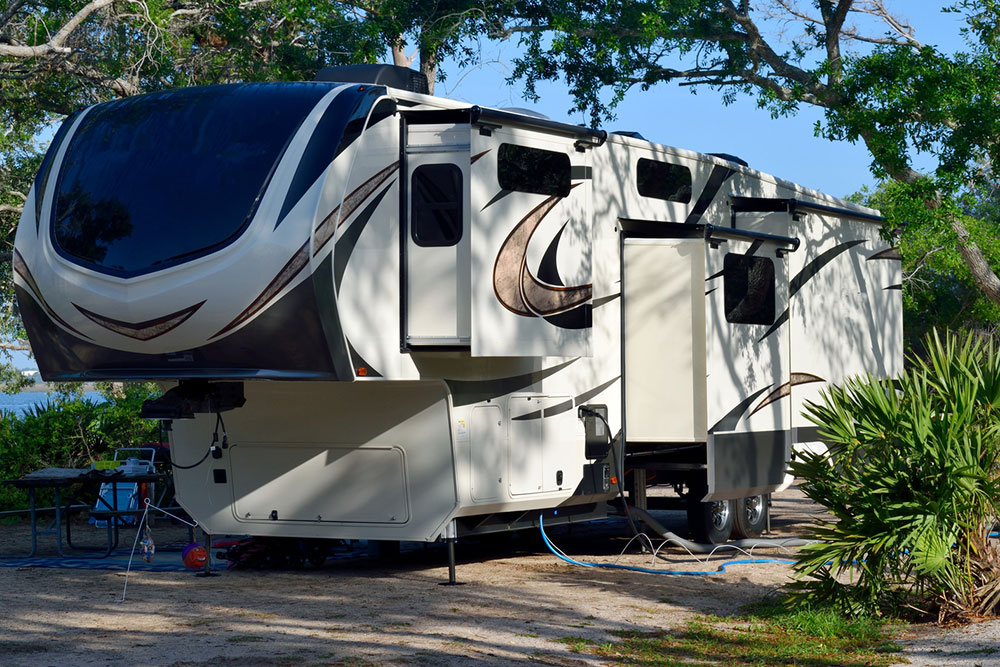
Top Strategies for Securing Zero-Down RV Financing
Recreational vehicles (RVs) serve as mobile homes with features such as bedrooms, kitchens, and bathrooms. Typically, purchasing an RV requires a substantial initial payment. However, for thrill-seekers eager to explore options without a large upfront cost, zero-down financing options are available. These loans allow buyers to dedicate their funds elsewhere while still acquiring an RV. Understanding how to qualify and avoid common pitfalls is essential when seeking such loans.
Usually, buyers pay a portion of the RV's price as a down payment to take ownership, with the remainder financed through a loan.
The remaining balance is covered by a loan, and many RV dealerships offer financing options with minimal or no down payment to attract customers. While convenient, these loans often carry higher interest rates than standard auto loans. Banks and credit unions also provide RV financing, but qualifying for zero-down loans may require meeting strict criteria. Ranging from simple to complex, RV loan sizes vary significantly due to the customizable amenities available in these vehicles. The cost of an RV can reach up to $1 million or more, especially with luxury features. Typically, these loans have fixed interest rates, with repayment periods extending up to 15 years or more.
Effective Tips for Zero-Down RV Loans
Use Collateral
Offering collateral increases approval chances for zero-down RV loans. This collateral could be the RV itself, real estate, savings accounts, investments, gold, or home equity—serving as security for the lender in case of default.
Obtain Pre-approval
Pre-approval involves providing detailed financial information, including income and liabilities, to assess loan eligibility. Securing pre-approval helps set a realistic budget and ensures the chosen RV fits within approved limits, eliminating the need for a down payment.
Maintain an Excellent Credit Score
Financial institutions prioritize strong credit scores for zero-down RV financing. Generally, a score above 720 is considered good. Improve your score by paying bills on time, reducing debt, limiting credit utilization, and avoiding frequent credit applications—these steps demonstrate financial reliability.
Optimize Your Debt-to-Income Ratio
Calculate by dividing total monthly debt payments by gross monthly income; aim for a ratio below 43%. Paying off debts early can improve this ratio, increasing approval chances for zero-down financing.
Compare Interest Rates
Since zero-down loans often have higher interest rates and longer terms, shopping around and comparing rates can save you money in the long run. Small differences in interest rates can lead to significant savings.
Review Lender Requirements
Each lender has specific criteria, including credit score, income, and vehicle use. Being prepared to answer questions and meet these standards can streamline the approval process.
Is Zero-Down RV Financing Worth It?
Deciding depends on individual needs. This option suits those who need an RV urgently while preserving savings. However, the increased interest costs over time should be carefully considered against potential benefits.

